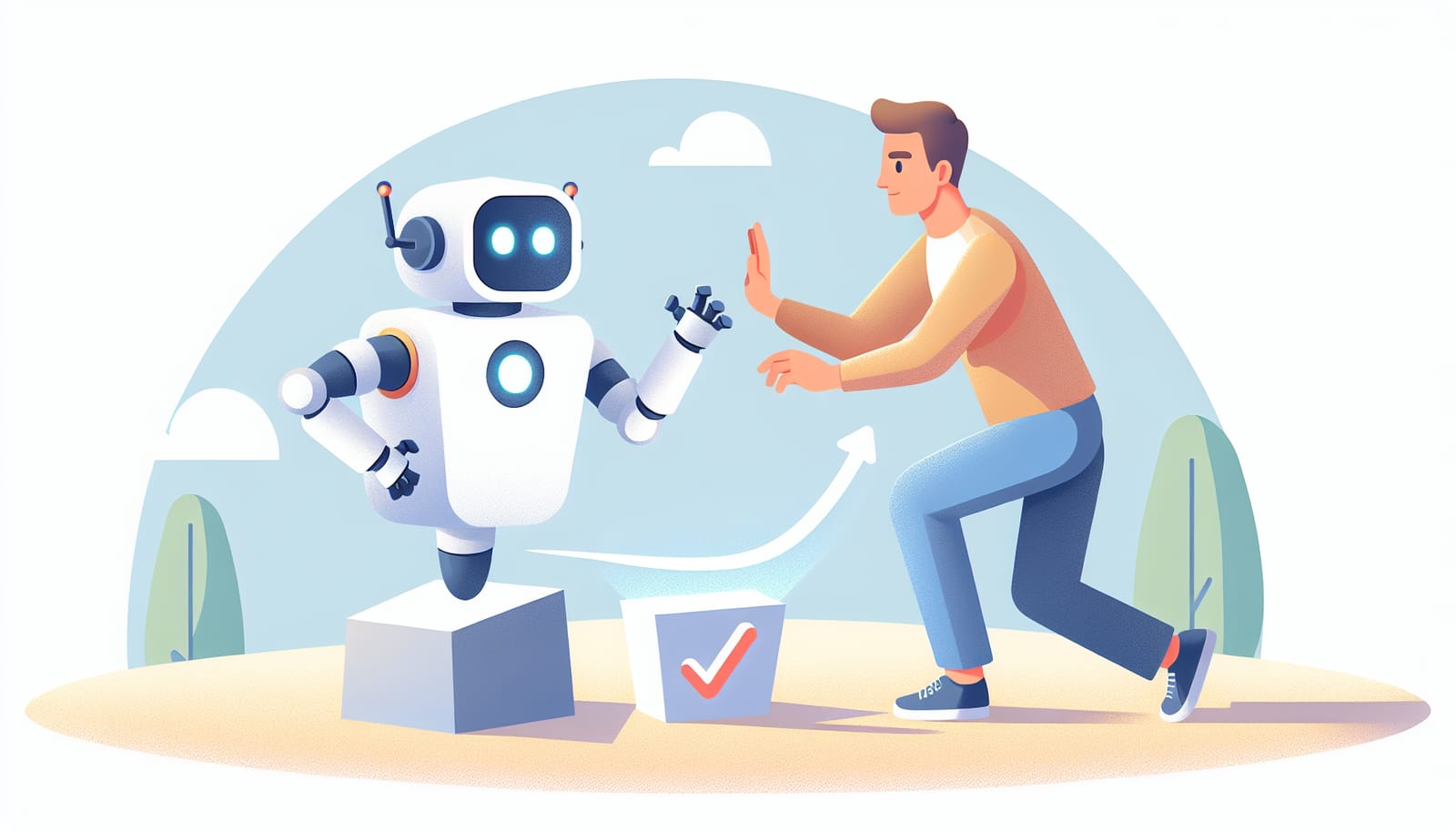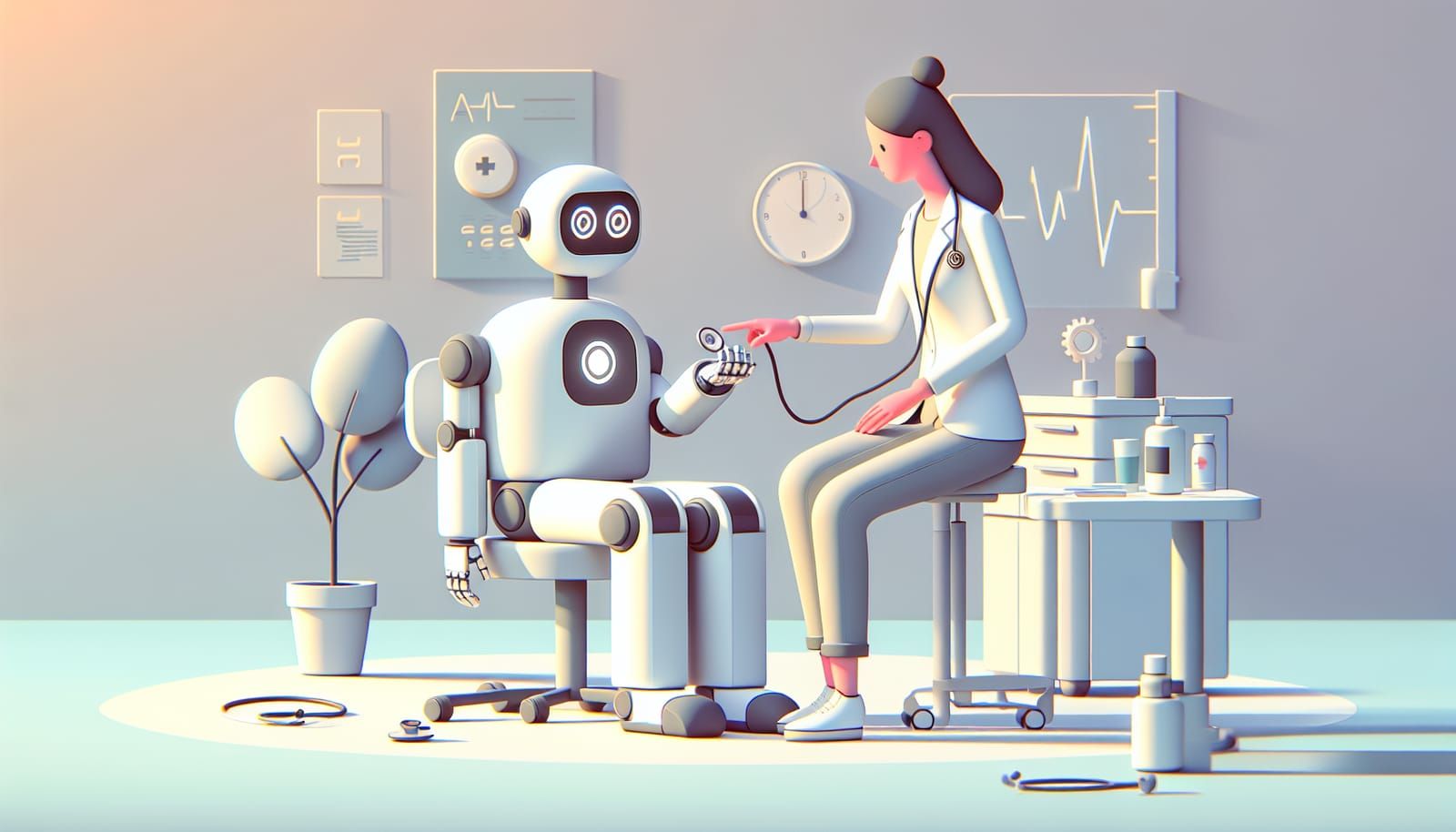Artificial Intelligence (AI) has made significant strides in recent years, sparking discussions in various fields, including art. But can a machine truly create art? This question dives deep into the heart of creativity and challenges our understanding of what it means to be an artist. In this article, we’ll explore the world of AI-generated art, debunk myths, and ignite your imagination about the possibilities of technology and creativity working hand in hand.
What is AI Art?
AI art refers to any artwork created with the assistance of artificial intelligence. This can include paintings, music, poetry, and even sculptures. The process typically involves algorithms that analyze existing artworks to generate new pieces, often pushing the boundaries of creativity.
Imagine giving a computer thousands of paintings and asking it to create something new. It analyzes patterns, styles, and techniques, and then uses this information to produce art that can surprise us with its uniqueness. This fascinating blend of technology and creativity raises questions about the nature of art itself.
The Birth of AI Art
The journey of AI in art began with simple algorithms designed to mimic certain artistic styles. In 2015, a significant breakthrough occurred when the "DeepArt" algorithm was developed. This technology uses a method called neural networks, which is inspired by the human brain, to create stunning visuals. It can take a photograph and transform it into a painting in the style of Van Gogh or Picasso.
As the years progressed, more sophisticated models emerged. One of the most famous, called DALL-E, can generate images from text prompts. If you ask it to create "a cat wearing a wizard hat," it can produce a unique image that matches your request! These advancements show that AI can indeed create art, but it also leads us to ponder whether this art is truly original or just a remix of existing styles.
The Debate: Is AI Really Creative?
While AI can generate art, many people argue about whether it can be considered "creative." Creativity is often thought of as a deeply human quality, tied to emotions, experiences, and consciousness. AI, however, operates based on data and algorithms. It lacks feelings, personal experiences, and the ability to understand context the way humans do.
Some argue that since AI art is based on patterns and styles learned from previous works, it cannot be truly original. Others believe that the ability to produce new combinations of ideas is, in itself, a form of creativity. This debate highlights the complexity of defining creativity and challenges us to think about what it means to be an artist.
The Role of Human Artists
It’s essential to recognize that AI art typically doesn’t exist in a vacuum. Human artists often play a crucial role in the process. Many artists use AI as a tool to enhance their own creativity, exploring new ideas and pushing boundaries in ways they might not have considered before.
For example, an artist might use an AI program to generate multiple variations of a concept, selecting elements they find most appealing to create their final piece. This collaborative approach between humans and machines leads to exciting and innovative artwork that blends technology with traditional techniques.
The Impact of AI Art on the Art World
AI-generated art has already made its mark on the art world. In 2018, a piece created by AI called "Edmond de Belamy" was sold at auction for an astonishing $432,500. This sale raised important questions about the value of art and the role of the artist. If a machine can create something that sells for such a high price, what does that mean for human artists?
Moreover, AI art challenges traditional notions of authorship. If an AI creates a piece, who owns it? The programmer? The user who inputted the prompts? This ongoing debate invites us to reconsider our understanding of ownership and creativity in the digital age.
The Future of AI in Art
The future of AI in art is bright and full of potential. As technology continues to evolve, we can expect even more sophisticated tools that enable artists to experiment and innovate. Imagine AI collaborating with human artists to create interactive installations, immersive experiences, or even entirely new art forms.
Moreover, AI can also democratize art creation. With user-friendly tools, individuals who may not have traditional artistic skills can express themselves creatively. This shift can lead to a more inclusive art world where diverse voices and perspectives are represented.
Embracing the Possibilities
As we navigate the intersection of AI and art, it’s essential to embrace the possibilities rather than fear them. AI can be a powerful tool that enhances human creativity, pushing us to think differently and explore new artistic horizons. Instead of viewing AI as a replacement for human artists, we can see it as a collaborator that helps us express our ideas in novel ways.
The conversation about AI in art is ongoing, full of questions and discoveries. As technology continues to advance, we have the opportunity to redefine creativity and art in our rapidly changing world. So, whether you’re an artist, a tech enthusiast, or simply curious, consider the exciting possibilities that AI brings to the table.
Conclusion: The Art of Collaboration
In conclusion, the debate about whether AI can create art leads us to deeper questions about creativity itself. While AI-generated art is undoubtedly fascinating and innovative, it is crucial to recognize the vital role of human artists. By embracing AI as a tool rather than a competitor, we can foster a collaborative environment that encourages creativity and exploration.
As we move forward, let’s keep an open mind and continue to explore the intersection of art and technology. The future is bright, and together, we can create a world where creativity knows no bounds!
So, what do you think? Can a machine truly create art, or is it merely a reflection of human creativity? The answer might be more nuanced than we realize, but one thing is clear: the journey of art and AI is just beginning!


